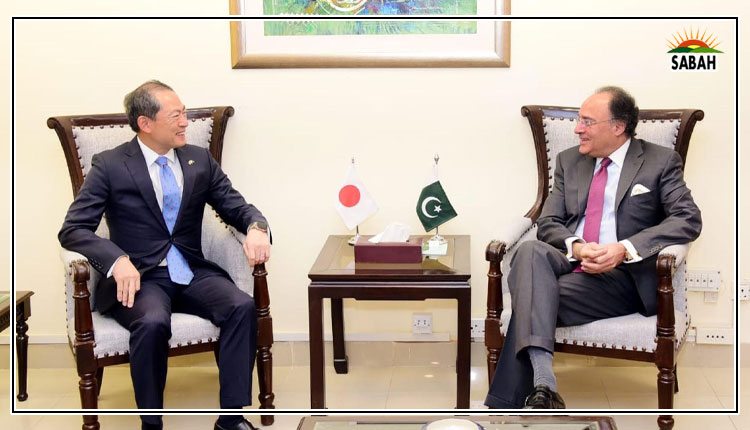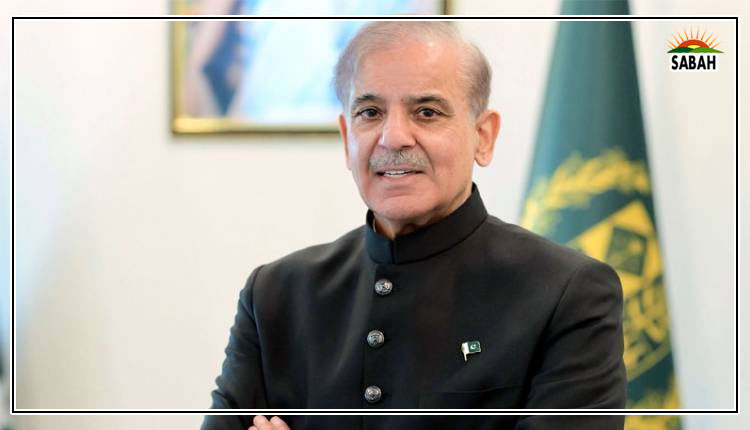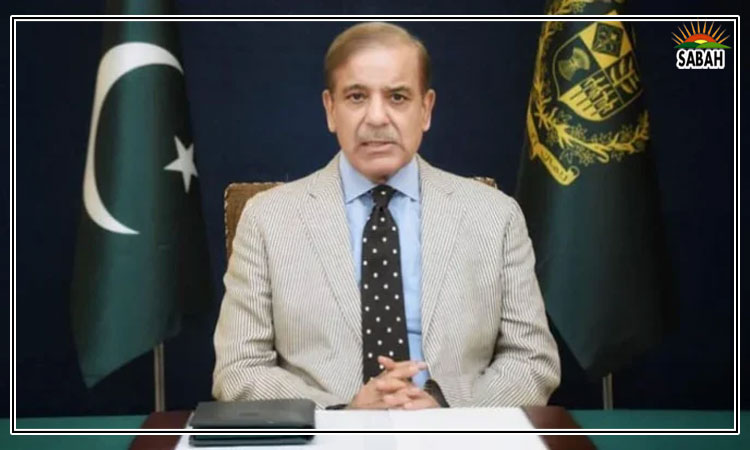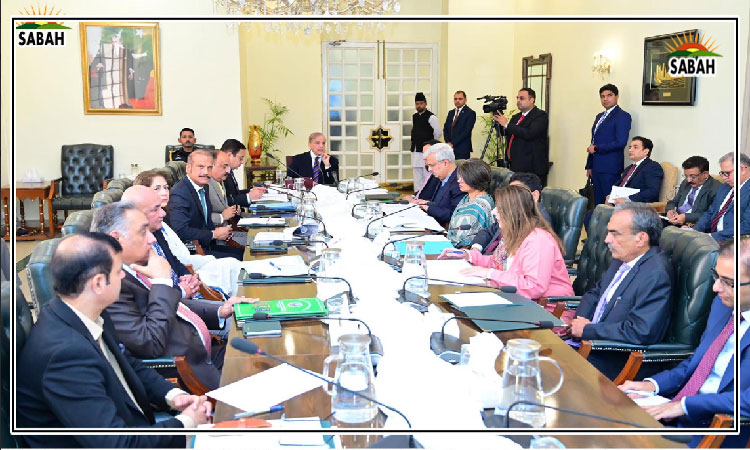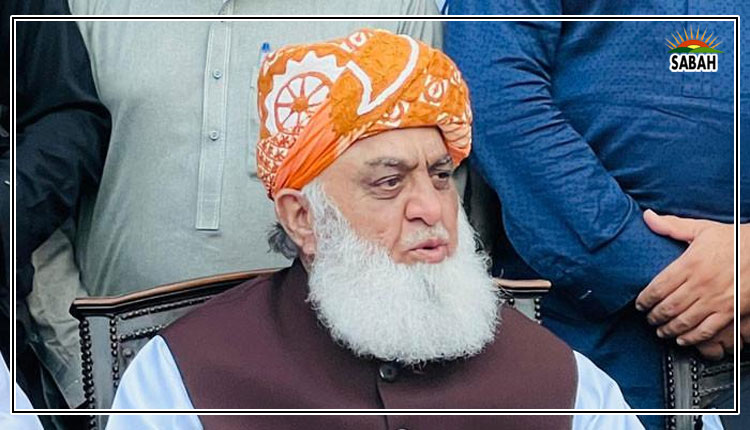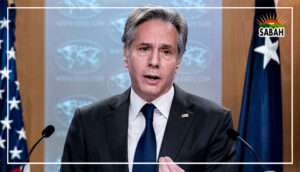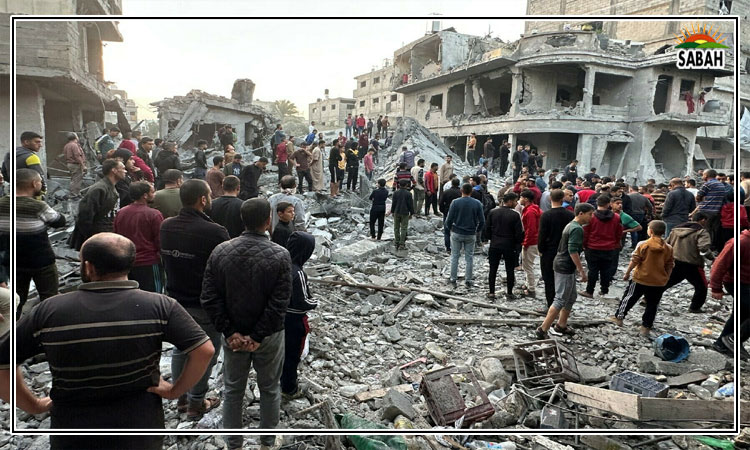Fighting terrorism…Zahid Hussain
YET another counterterrorism (CT) campaign is being launched which promises to eradicate all forms of extremism and violent militancy in the country in a decisive manner.
Described as an attempt to reinvigorate and re-energise the ongoing implementation of the Revised National Action Plan, the so-called Operation Azm-i-Istehkam the prime minister prefers the term vision is the latest in a long list of kinetic actions that Pakistans security forces have undertaken over the last two decades.
Despite these operations, the menace of terrorism has returned with greater ferocity, presenting an even bigger challenge than before to national security. This raises questions about the states strategy in dealing with the existentialist threat. Notwithstanding the governments claim of having developed national consensus, greater clarity is required.
It was in 2001 that the military-led government of Gen Pervez Musharraf launched the so-called Operation Enduring Freedom in the former tribal regions in the wake of the American invasion of Afghanistan.
A series of CT campaigns followed: Al-Mizan (2002), Zalzala (2008) Sher Dil, Rah-i-Haq, and Rah-i-Raast (2007-2009), Rah-i-Nijaat (2009), Zarb-i-Azb (2014) and Raddul Fasaad (2017).
Given the questionable success of the previous campaigns, the deep scepticism over more kinetic action is not surprising. The trust deficit has been widening, as the state is seen to be making dubious compromises with militant outfits it claims to be fighting. An example of this was the secret deal with the TTP in 2022, which allowed thousands of armed militants to return home and regroup.
Despite various military operations, the menace of terrorism has returned with greater ferocity.
The returning militants, better organised and equipped with sophisticated weaponry, are now involved in attacks that are taking a huge toll, especially on the security forces. As per the annual security report of the Centre for Research and Security Studies, the country witnessed 1,524 violence-related fatalities and 1,463 injuries from 789 terror attacks and [CT] operations in 2023 marking a record six-year high.
Matters turned worse in the first half of 2024 with an exponential rise in militant activities, particularly in KP and Balochistan. The resurgence of militancy underscores serious flaws in our CT strategy. The latest wave of terrorism has exposed the absence of a coherent policy needed to tackle this existential danger.
It is not surprising that there has been an exponential rise in terrorism in Pakistan since the Taliban returned to rule Afghanistan in 2022. There are reports of tacit Afghan Taliban support for the TTP. The fact that the Kabul administration is not taking action against TTP sanctuaries on its soil has meant greater security challenges for Pakistan.
Even more alarming is the increase in targeted attacks against Chinese nationals working on various development projects in the country. The latest attack took place a few months ago, when a suicide bomber rammed his explosives-laden vehicle into a convoy in a remote district in KP where a key dam is being constructed. As a result, five Chinese workers were killed.
This was the third major attack this year on Chinese interests in the country. The growing number of targeted killings of Chinese nationals also has serious geopolitical implications. Thousands of Chinese workers are engaged in multibillion-dollar infrastructure projects in the country under the CPEC initiative.
The increasing occurrence of targeted killings of Chinese nationals has also raised questions regarding grave security lapses. It is apparent that the launching of a new CT operation has been largely driven by the threat of Chinese companies pulling out their investment from Pakistan.
Meanwhile, the brazenness of the attacks against the security forces has exposed the latters vulnerability. Increasing political and economic instability in the country, particularly in KP, which has borne the brunt of the terrorist resurgence, appears to have given further impetus to the militants. There is a complete breakdown of law enforcement in the province as the confrontation between the centre and the provincial government worsens.
While the latest bout of terrorism has led to an intense militaristic response by the state, there are questions regarding the limits of the use of only kinetic force to quell the threat. No doubt, the state must employ force where necessary. But this is not very effective unless accompanied by non-kinetic measures. The threat posed by violent extremism cannot be countered without broad political support.
Our failure to implement the National Action Plan, however flawed, shows a lack of resolve in defeating a grave security challenge. Despite the governments claim of removing the shortcomings in the implementation of NAP, there are no signs that the administration is carrying out long-delayed reforms critical for containing extremism in the country.
Most intriguing is the absence from the scene of the federal interior minister, who should be responsible for NAPs implementation. He appears to be more interested in running cricket affairs in the country than focusing on the worsening security challenges. The government must put its own house in order before launching a new CT operation.
One cannot agree more with the prime minister that the issue of terrorism is a complicated one, which involves crime, drugs, smuggling, extremism and religiously motivated militancy. But there seems to be no coherent policy in place to deal with the challenge, and thus successfully counter the extremist narrative.
What is most dangerous is the growing concern that the operation will target a particular ethnic group. That has also been one of the reasons for all the major political parties in KP, including the ruling PTI and those supporting the coalition government at the centre, questioning the operation. It also contradicts the prime ministers claim of a consensus among all stakeholders. It seems that the current rulers have not learnt any lessons from past policy failures.
Courtesy Dawn


